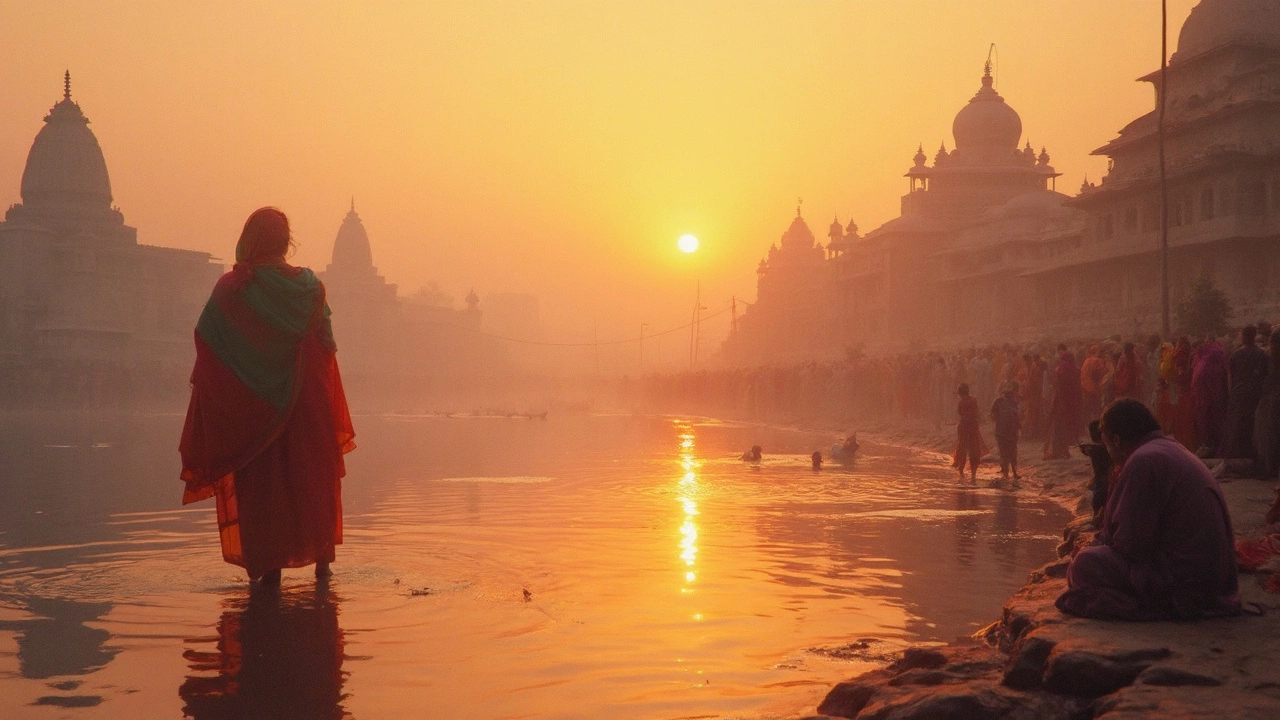SEARCH
Oldest Sites in India – Where History Lives
If you love wandering where centuries have left their mark, India’s oldest sites are a gold mine. From stone temples that echo chants to forts that have survived wars, each spot tells a story you can see, touch, and feel. This guide gives you the basics you need to start exploring these ancient treasures without getting lost in the details.
First, know what makes a site “old.” Most places listed here are at least 1,000 years old, and many date back to the Mauryan, Gupta, or early medieval periods. They’re not just ruins; they’re living museums where locals still gather for festivals, prayers, and daily life. That mix of past and present creates a unique vibe you won’t find in newer attractions.
How to Choose the Right Old Site for Your Trip
Pick a region that matches your travel style. If you love mountains, head to the Himalayan foothills and explore ancient monasteries like Hemis or Tabo. For desert fans, the forts of Rajasthan—Chittorgarh, Kumbhalgarh, and Jaisalmer—offer massive stone walls and intricate carvings. Coastal lovers can visit the temples of Tamil Nadu’s Chidambaram or the Konark Sun Temple, both perched near the sea.
Timing matters, too. Many sites are busiest during local festivals. Visiting just before or after a major celebration lets you avoid crowds while still catching the festive atmosphere. Check the weather—some northern sites are slippery in monsoon season, while southern temples stay open year‑round.
Practical Tips for Visiting the Oldest Sites
Carry a bottle of water and a small snack. Even well‑maintained sites can be far from vendors. Wear comfortable shoes; stone steps can be uneven and some places have steep climbs. Dress modestly—many ancient temples require you to cover shoulders and knees, and some even provide a cloth to wrap around.
Don’t skip the guidebook or a local guide. A knowledgeable guide can point out hidden carvings, explain legends, and alert you to areas that are off‑limits to protect the site. If you’re on a budget, many state tourism departments offer free audio guides at major locations.
Respect the rules. Some sites ban photography inside the sanctum, while others ask you to step back from fragile sections. Following these rules helps preserve the architecture for future travelers.
Finally, think about how you’ll get there. Public buses and trains connect most major heritage towns, but a rented car or scooter gives you freedom to explore nearby villages and lesser‑known ruins. If you’re traveling long distances, consider breaking the journey into smaller legs to avoid fatigue.
India’s oldest sites are more than just pictures for Instagram—they’re living chapters of a civilization that shaped the world. Whether you have a week or a month, you can build a itinerary that mixes famous monuments with hidden gems. Start with one region, soak in the history, and let the stories guide you to the next ancient wonder.
Ready to step back in time? Grab your backpack, pick a site from our list, and set off on a journey that connects you with the very foundation of Indian culture.

Discovering the Oldest Heritage Sites in India
India, a land of rich history, is bursting with captivating ancient sites that speak volumes of its past. Dive into an exploration of India's oldest heritage locations, delving into their historical significance and cultural impact. Consider visits to breathtaking sites like the Ajanta Caves and the ancient city of Varanasi for a taste of India's long-standing traditions. Gain insights into the lives and narratives of these timeless places that have shaped India's identity over millennium. Let this guide be your compass as you journey through the ages.
Continue reading